How Often Should I Replace My Air Filters?
Despite your HVAC system being a powerful machine that keeps your home comfortable for several years, it can actually be quite delicate to maintain. Over time, several parts will need replacing. Additionally, trained HVAC professionals will need to perform regular maintenance checks on your system to ensure optimal performance.
One thing you must always remember is to regularly change your system's air filters. Air filters have an extremely important function. Air filters trap dust, pollen, pet dander, and other harmful substances to help you breathe comfortably in your home. This also prevents these particles from being recirculated in your house.
It's easy to understand the importance of an A/C filter change, but do you know how often you need to replace your A/C filter? It's probably more frequent than you think. This article will detail what a proper replacement schedule looks like and what happens when you neglect to change your A/C filter.
The Importance of Changing the Air Filter on Your A/C Unit
Air filters are a crucial but often overlooked component of an HVAC system. Many people go months without changing their filters thinking that neglecting their air filters has no consequences. That's because people mistakenly assume that the primary function of A/C filers is to filter dust and improve air quality when, in fact, they do so much more.
When homeowners fail to replace their air filters regularly, a ripple effect occurs. To start, a dirty air filter reduces the airflow to your HVAC system, which causes it to work harder. More hard work for your system means more energy consumption, which results in higher energy bills. Additionally, a bad air filter may not be able to effectively regulate your home's temperature. This causes additional strain on your HVAC system.
What Happens If You Skip an A/C Filter Change?
Importantly, not changing the air filter on your A/C unit lowers your indoor air quality and can necessitate regular repairs. That's because a dirty filter hinders your system's ability to clean the air more efficiently and leaves more contaminants in your home, potentially causing illness. A dirty filter may also require more (expensive) repairs because it can damage other parts of your system. Overall, changing your filter regularly keeps your system running smoother and more efficiently, extending its life span and improving the health and comfort of your home.
The Proper Frequency of Replacing the Filter on Your A/C Unit
The frequency at which you should change your filter depends on the type of air filter you use. If you have fiberglass filters, which are less expensive, you will need to replace them once per month, or every 30 days. The thicker, pleated filters, however, last for six months. Of course, this assumes average use and doesn't take into account the size and type of filter.
To be safe, it's better to replace even pleated filters every 90 days. This is especially true if you or your family members deal with persistent allergies. If that's the case, then you may need to replace the filter more often. According to the Asthma and Allergy Foundation of America, indoor air quality matters just as much as outdoor air quality. Pets, dust mites, cockroaches and mold can negatively impact indoor air quality, making it almost impossible to bear without a clean filter.
To remember to replace the filter on your A/C unit regularly, mark your calendar or set yourself reminders so that you don't miss an A/C filter change.
Have More Questions About A/C Maintenance?
Changing the air filter on your A/C unit may seem like one more chore of living in your home, but it's one of the simplest solutions to indoor air quality issues and constant HVAC maintenance problems. By changing your air filter as recommended, you can stave off a lot of headaches associated with dirty air filters.
To further prevent maintenance headaches, Gainesville Mechanical offers maintenance plans for HVAC units that include essential tasks to optimize your equipment so that you're protected from paying higher costs. For more information on HVAC maintenance, contact the professionals at Gainesville Mechanical.
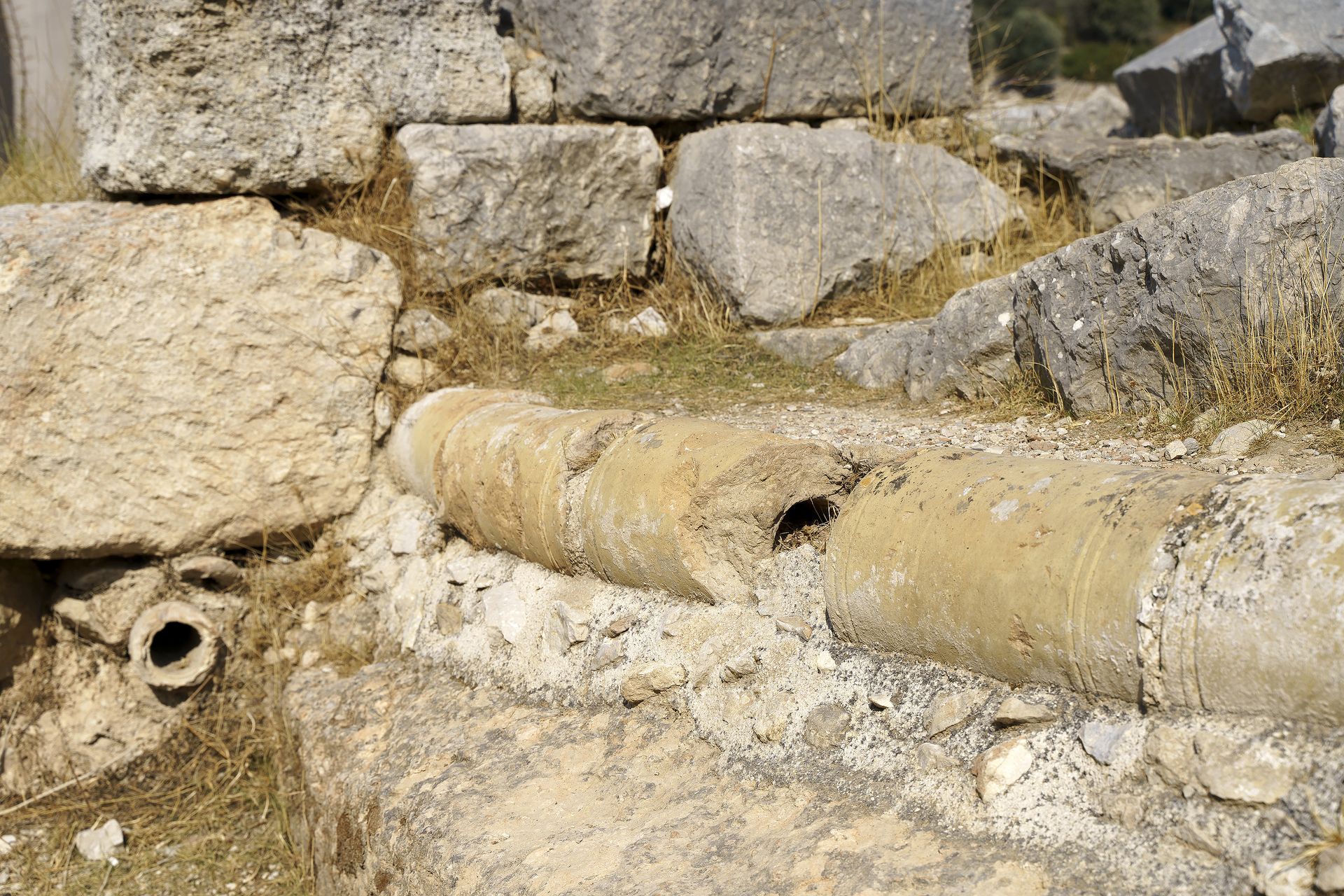
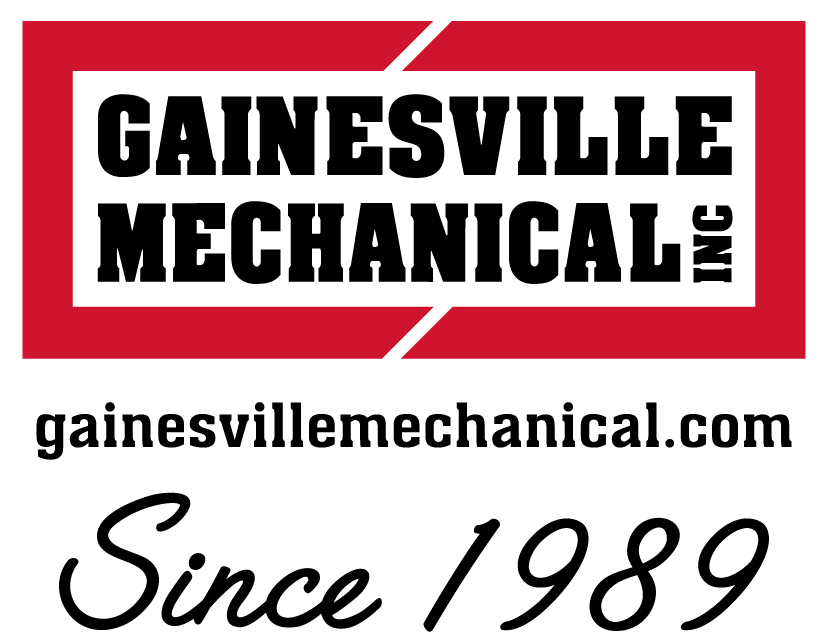
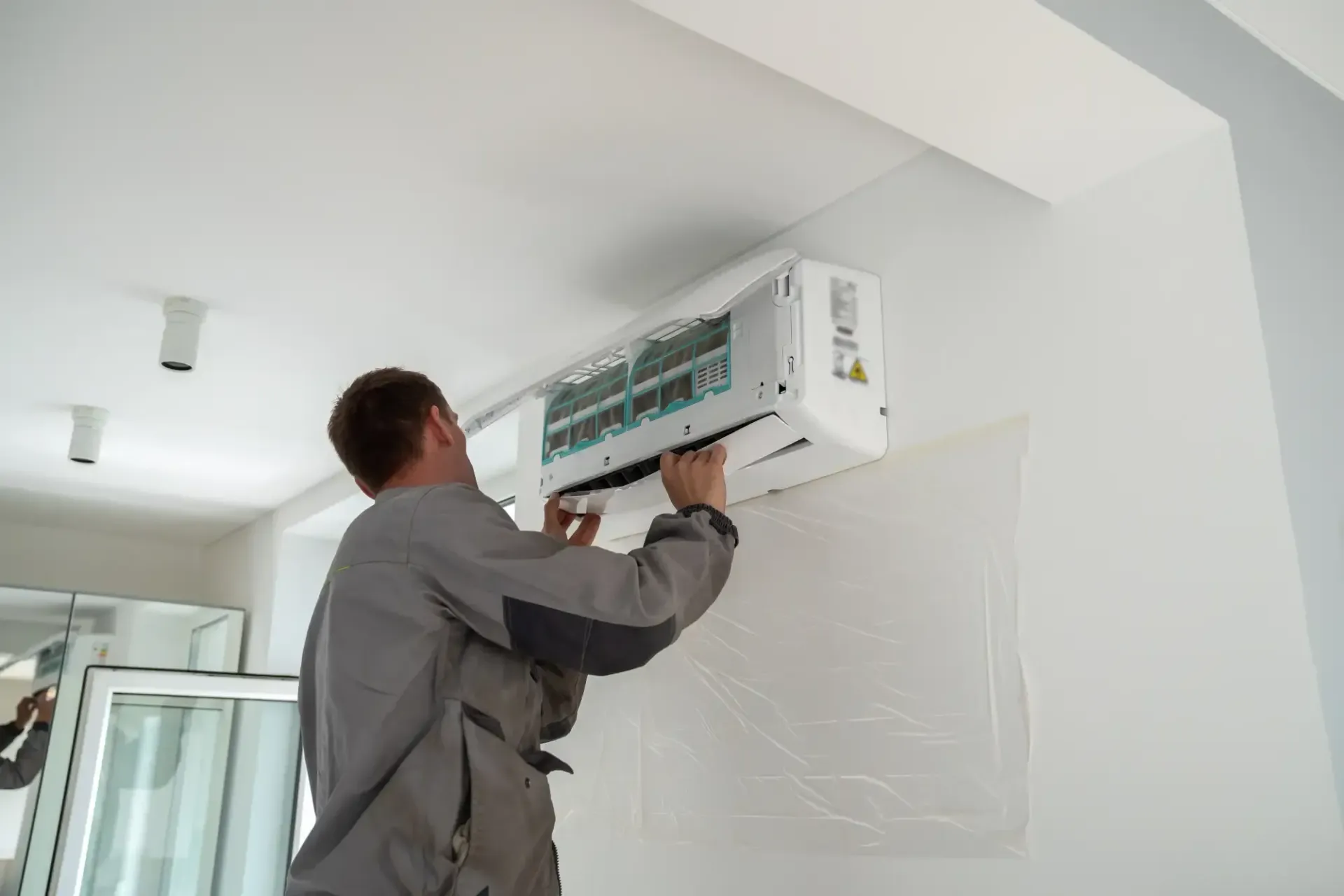
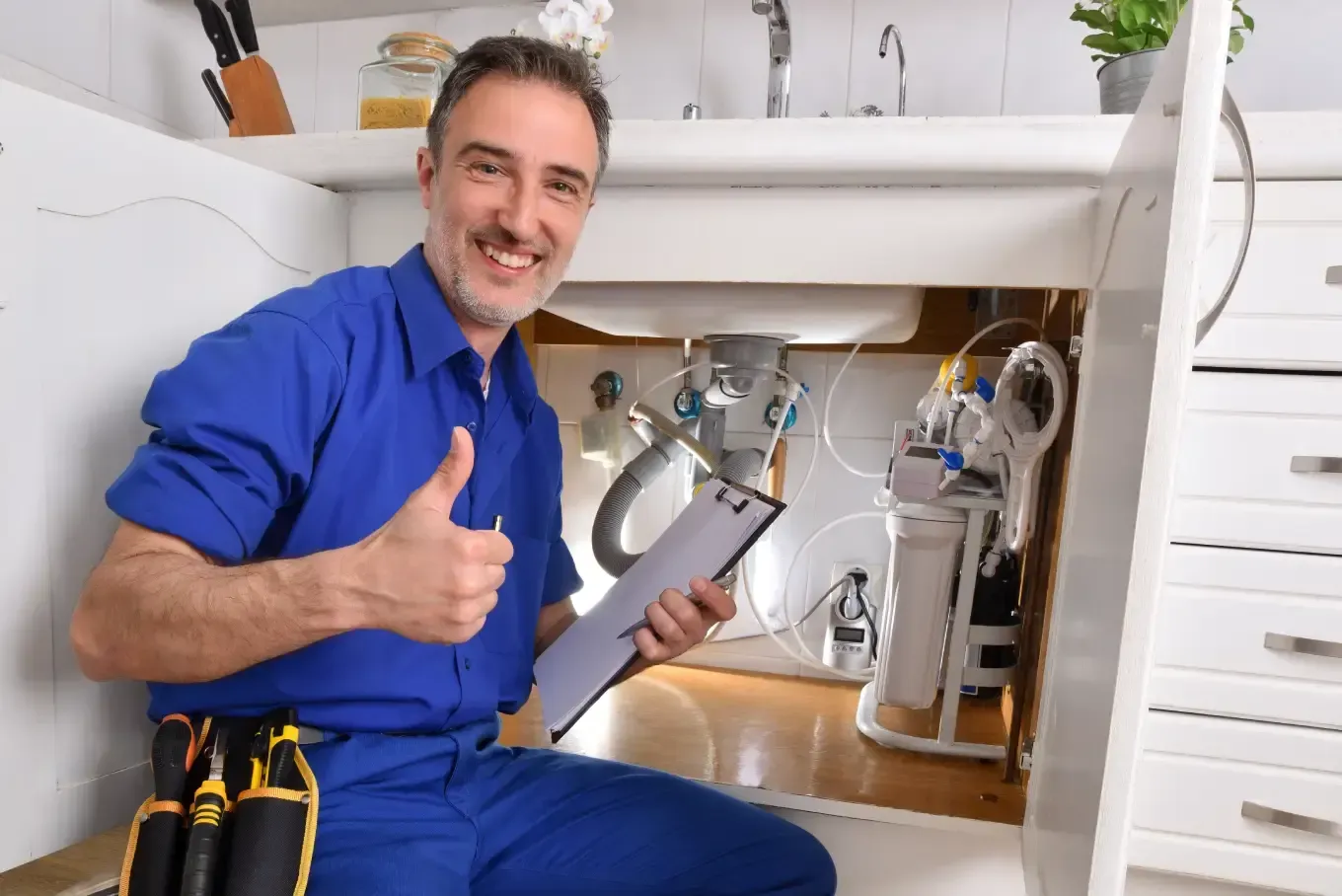

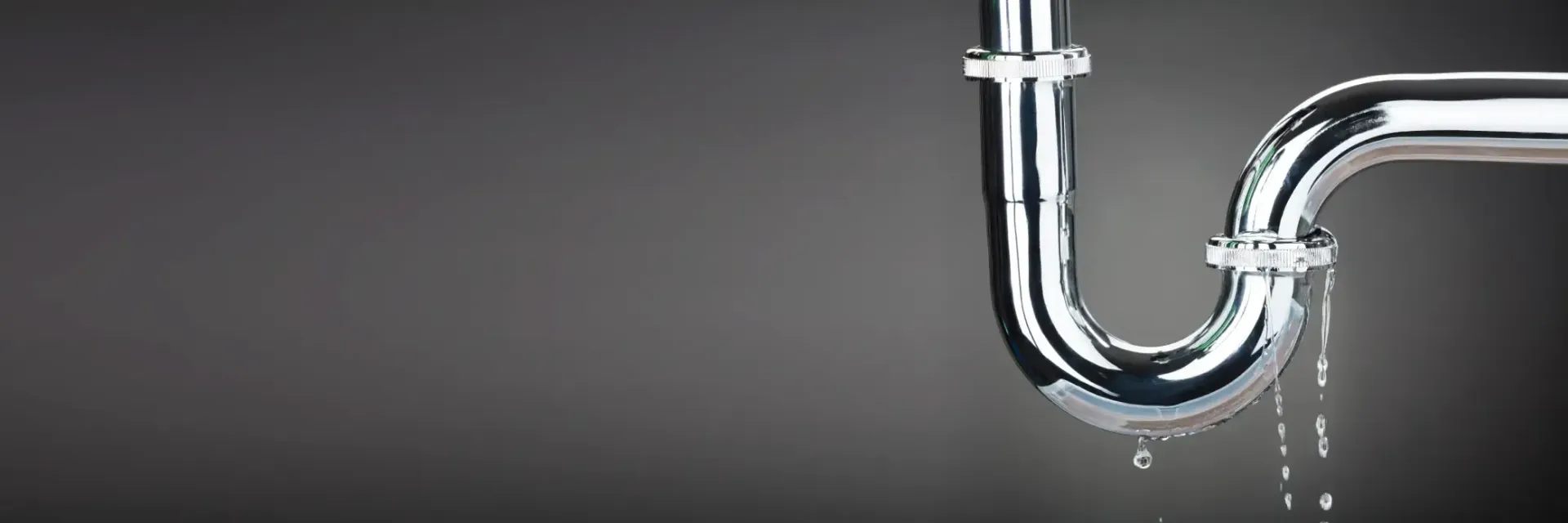

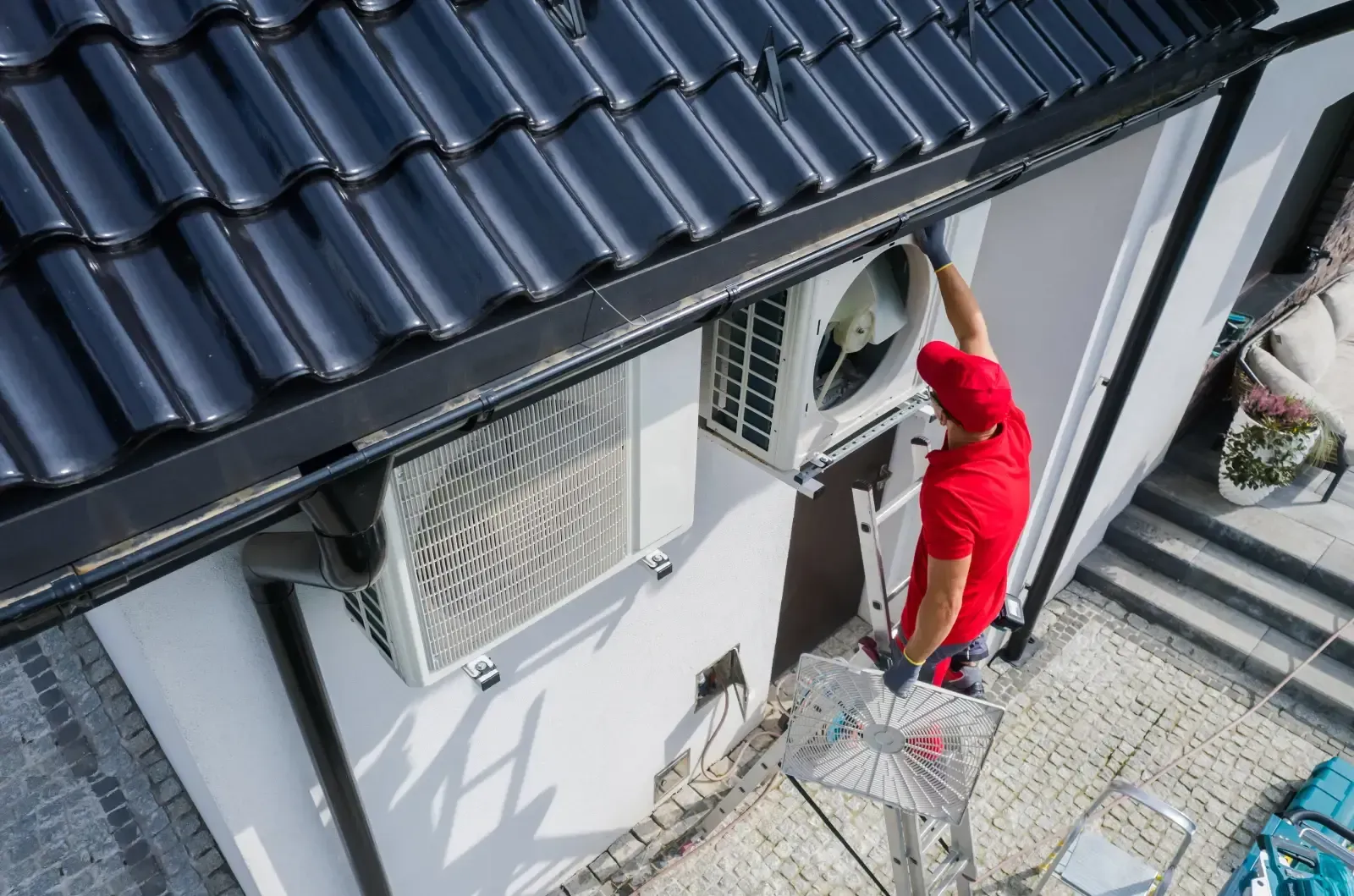
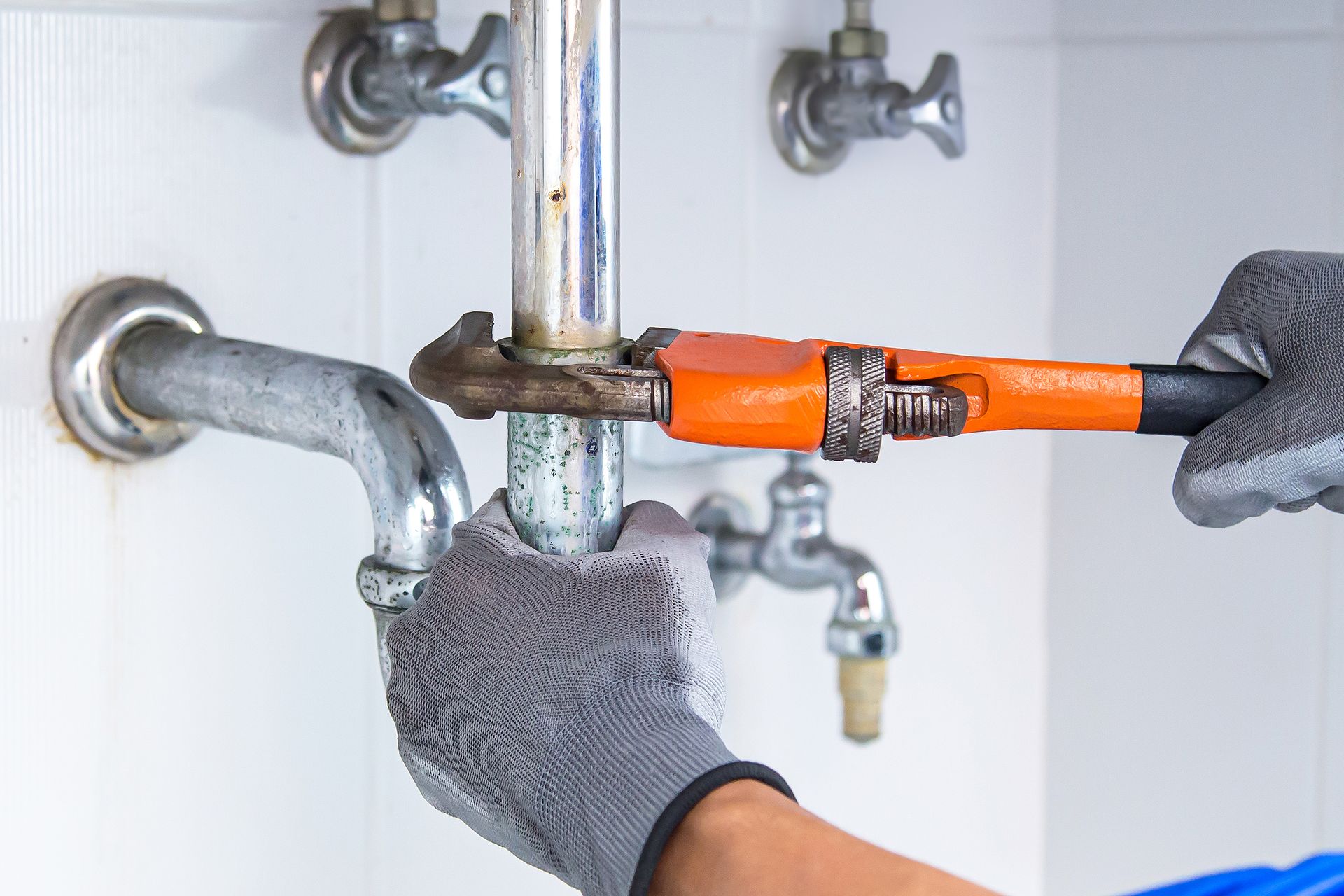
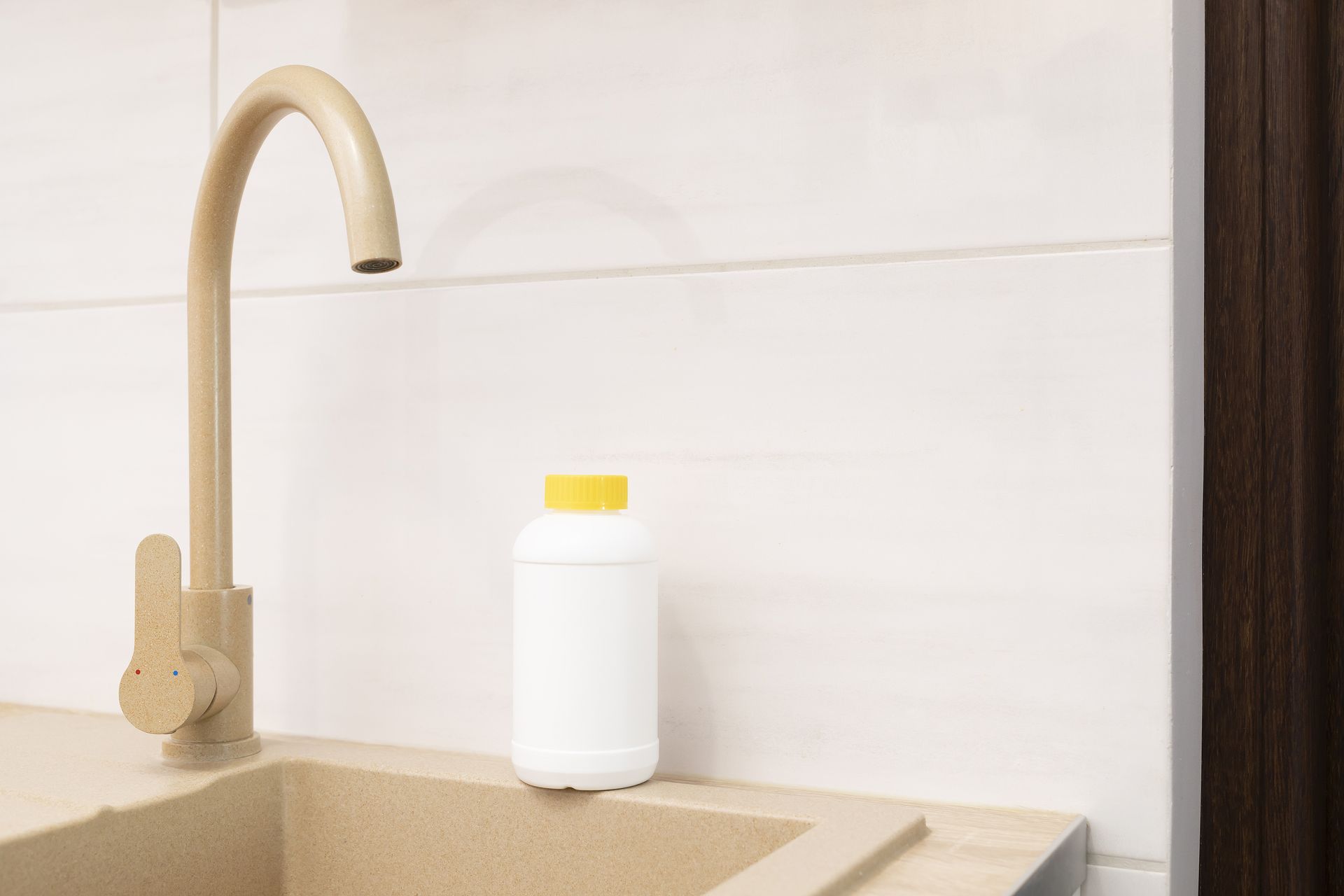
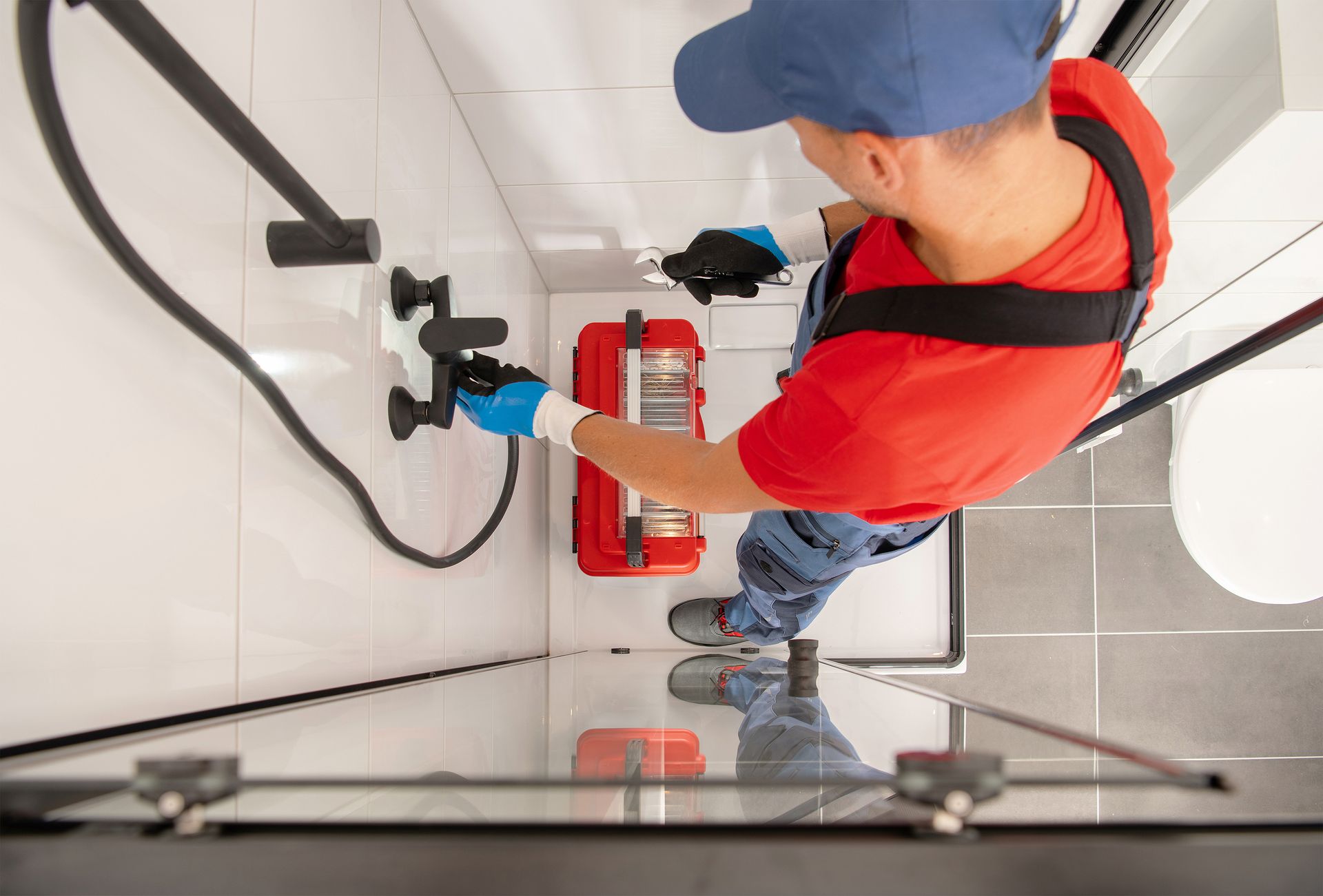
Share On: